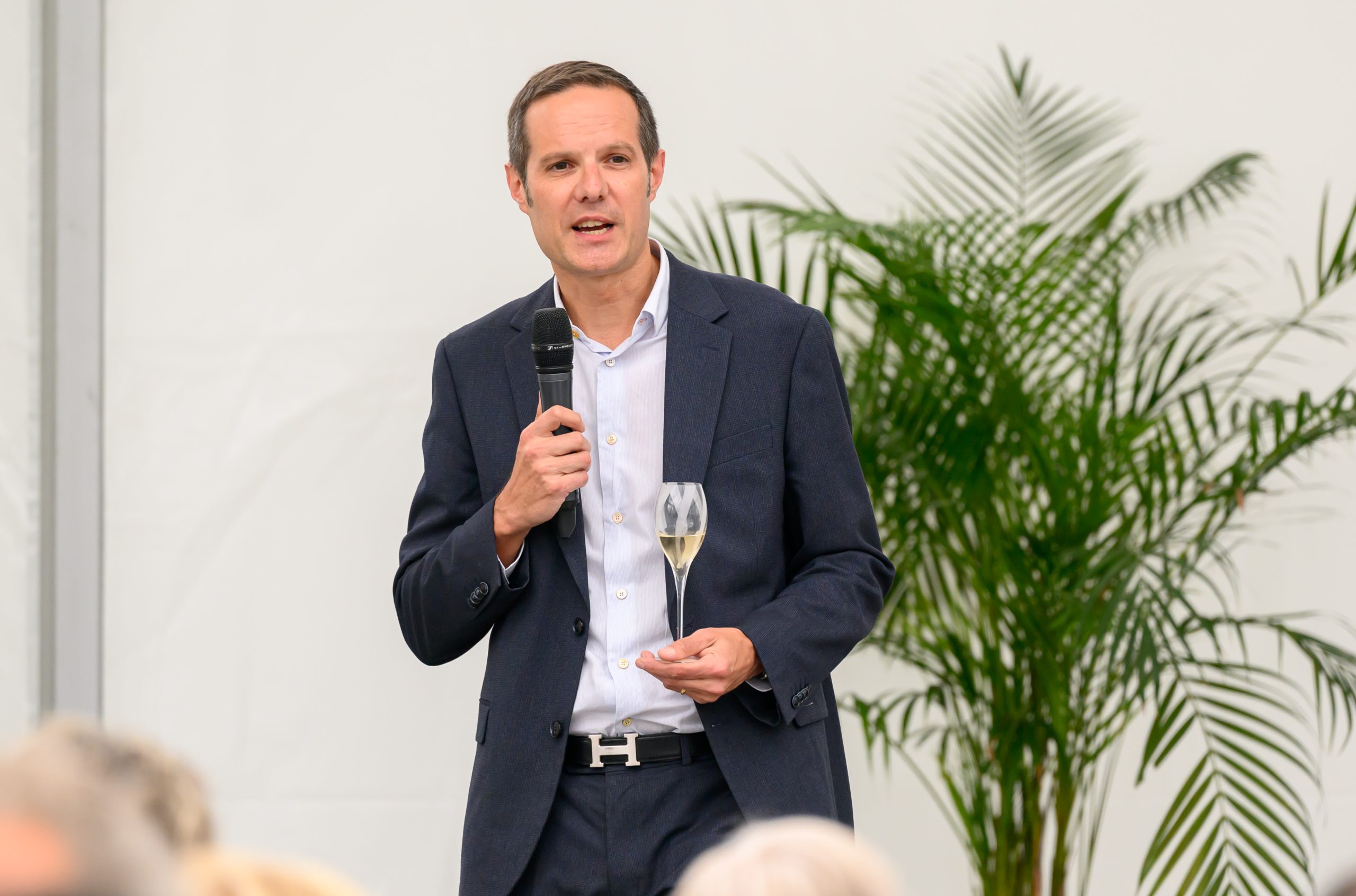Why LVMH boss Bernard Arnault’s visit to China is causing a stir
LVMH’s recent visit to China has signalled to analysts that the importance of the Asian market to the future of luxury brands is paramount.

The speculation, which followed LVMH chairman and CEO Bernard Arnault visiting the country after mainland China dropped its travel curbs, was spearheaded by local press highlighting how brands and businesses were increasingly relying on China’s 1.4 billion population to drive growth.
French billionaire Arnault, who reportedly visited a shopping mall in Beijing last week before visiting Chengdu, the capital of southwestern China’s Sichuan province, and Shanghai before making his way to Hong Kong.
LVMH, known for its drinks brands such as Moët & Chandon, Krug, Veuve Clicquot, Hennessy and Château d’Yquem, has, according to analysts, placed an unwavering ficus on the high end market in Hong Kong.
According to Euromonitor, Chinese consumers are likely to spend US$444.7 billion on luxury goods this year, increasing to US$632.5 billion by 2027, showing that there is lots of headroom for ultra premium drinks brands to grow further.
Arnault was not the first luxury brand owner to visit China following its reopening since Francois Henri Pinault, chairman and CEO of Kering, whose brands include Cartier, Saint Laurent and Gucci visited in February. Other bosses of global brands who also recently made the trip include Tesla founder Elon Musk, who visited Shanghai in May, and JPMorgan Chase boss Jamie Dimon.
Partner Content
Global management consulting firm Bain and Company recently told reporters: “Mainland Chinese consumers are poised to splurge this year on expensive goods, fuelling a ‘luxury spring’. But unlike the pre-pandemic trend of buying luxury goods overseas, this year they are more likely to buy high-end items within China, with between 25% and 30% of their luxury purchases being made abroad.”
Market research from Euromonitor also revealed that for the next four years at least, China’s luxury spending is set to outstrip that of the US and western Europe. US consumers are expected to shell out US$264.8 billion for high-end items this year, rising to US$340.5 billion in 2027. For Western Europeans, luxury spending is set to grow by 29% from US$295 billion this year to US$381.5 billion in 2027.
Euromonitor head of luxury goods Fflur Roberts explained: “Recovery across the regions is uneven. Only two regions have got back to pre-pandemic levels: Asia and North America. China will continue to lead sales in the global luxury goods market and remains hugely important to the health of the industry.”
Roberts also hinted that Generation Z is considered to be a consumer demographic that is crucial to the future of luxury brands, which must adapt to a set of values such as a commitment to sustainability that the cohort finds relevant.
Roberts added: “China’s Gen Zs will be one of the most important consumer groups in the medium term, and as they gain purchasing power they will also form the backbone of economic growth in the next 10 years. Among other things, this will force luxury brands to meet sustainable goals and promises, and become more relevant to these consumers through the use of new technologies. With emerging and developing markets driving growth, true cultural representation and inclusivity will be paramount.”
Related news
Carlsberg Hong Kong expands no and low alcohol portfolio
Diageo sells East African Breweries stake to Asahi for US$2.3bn
Treasury Wine Estates plans leaner future amid US and China slowdown




